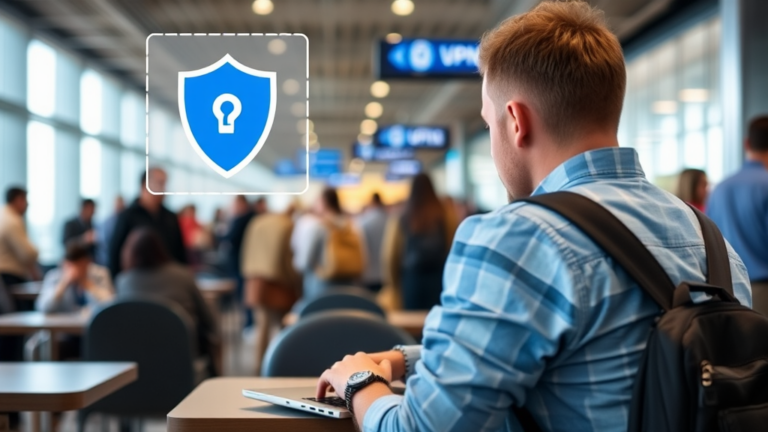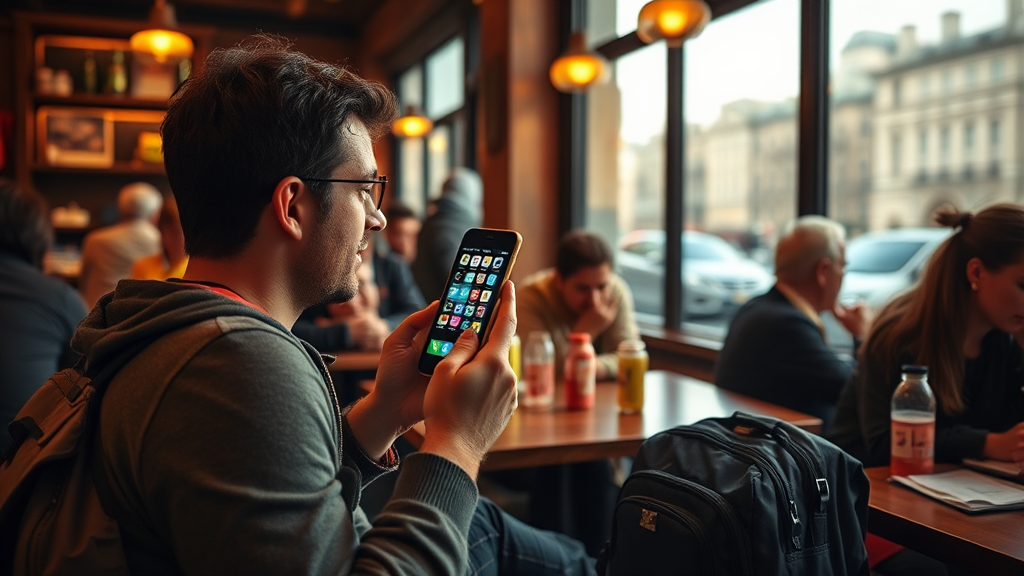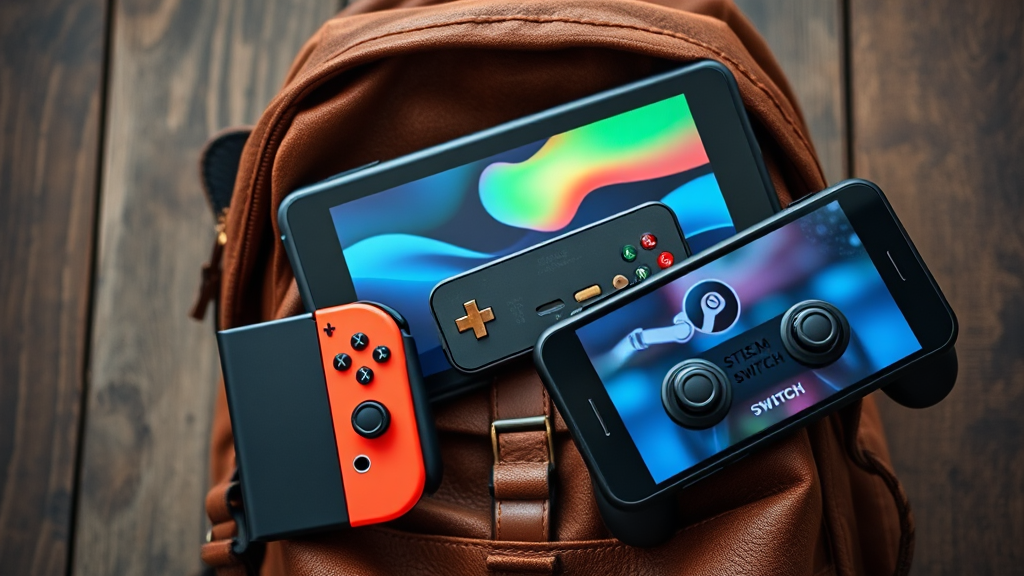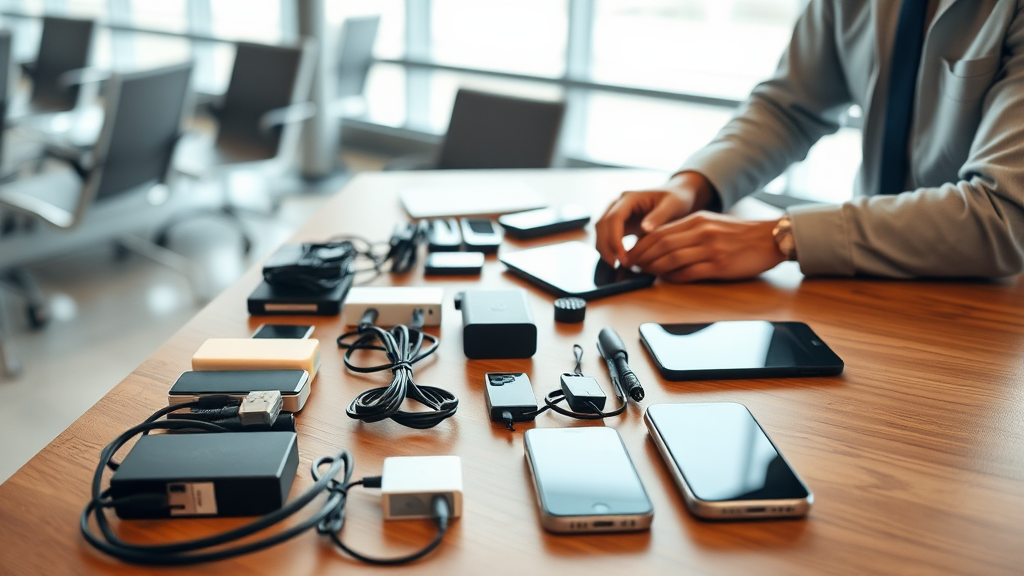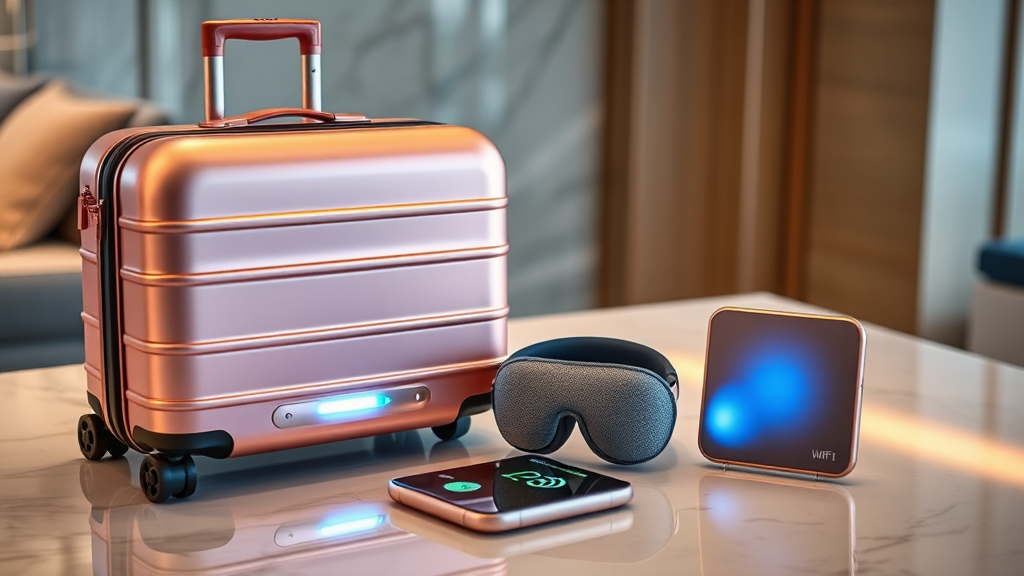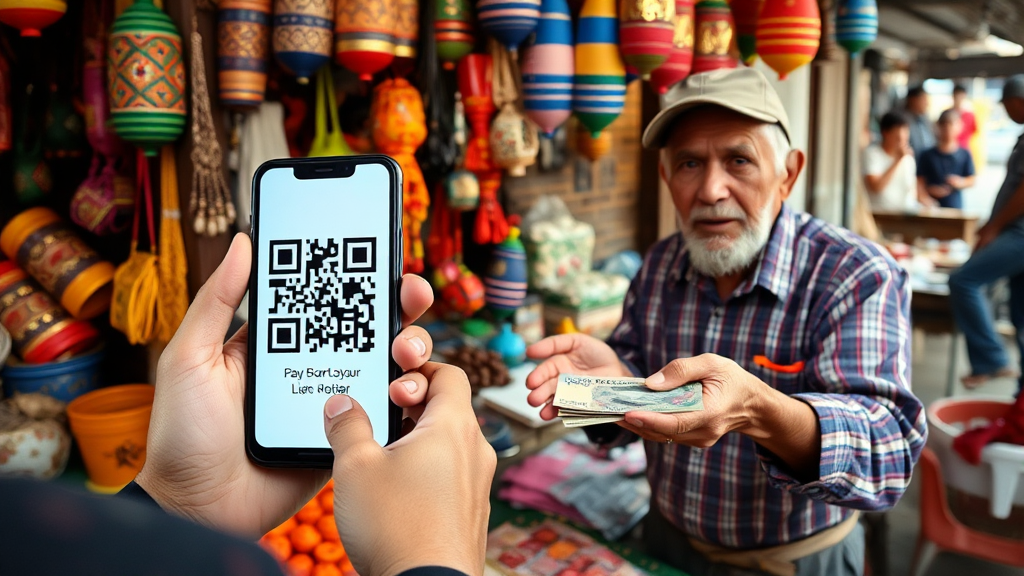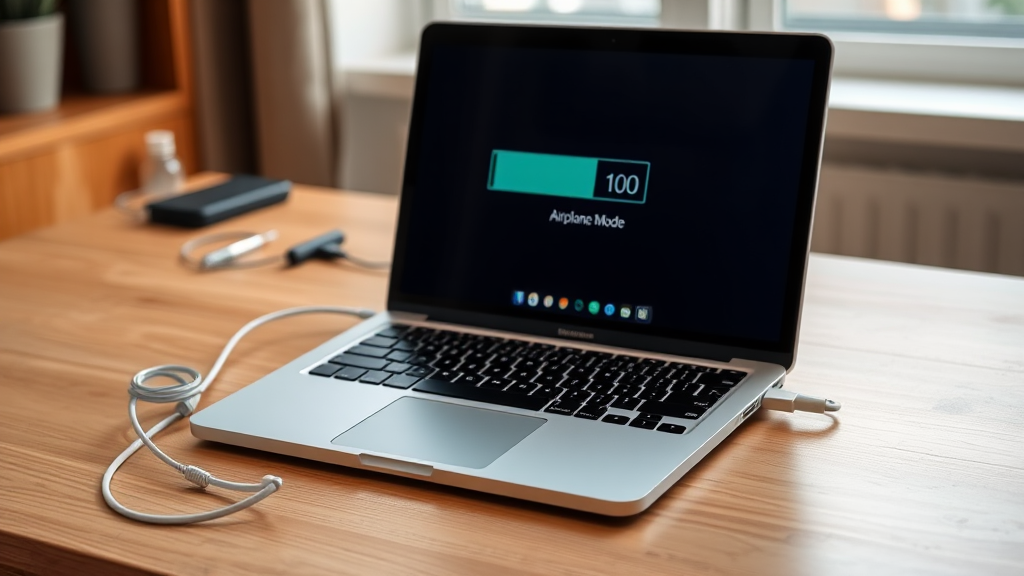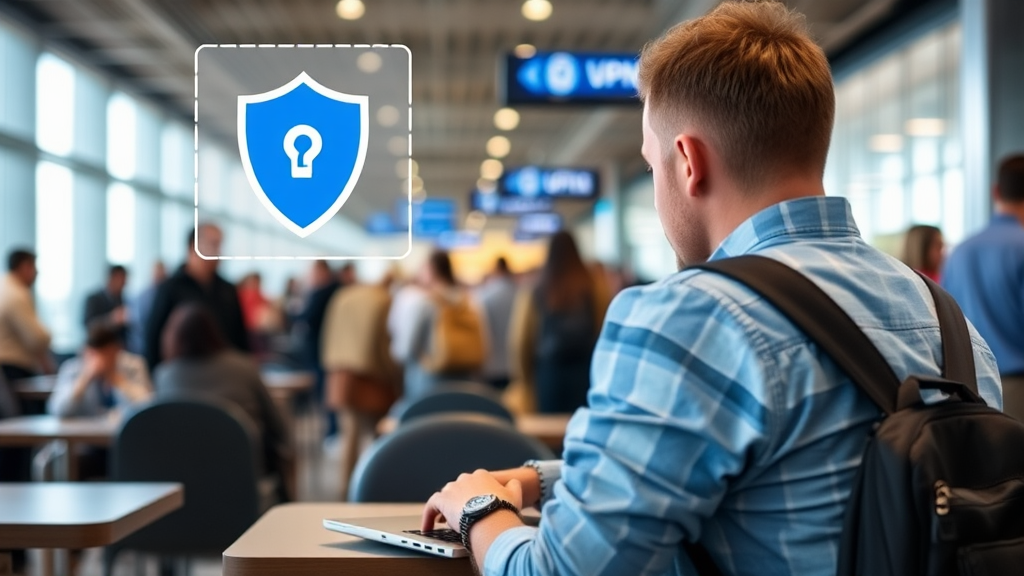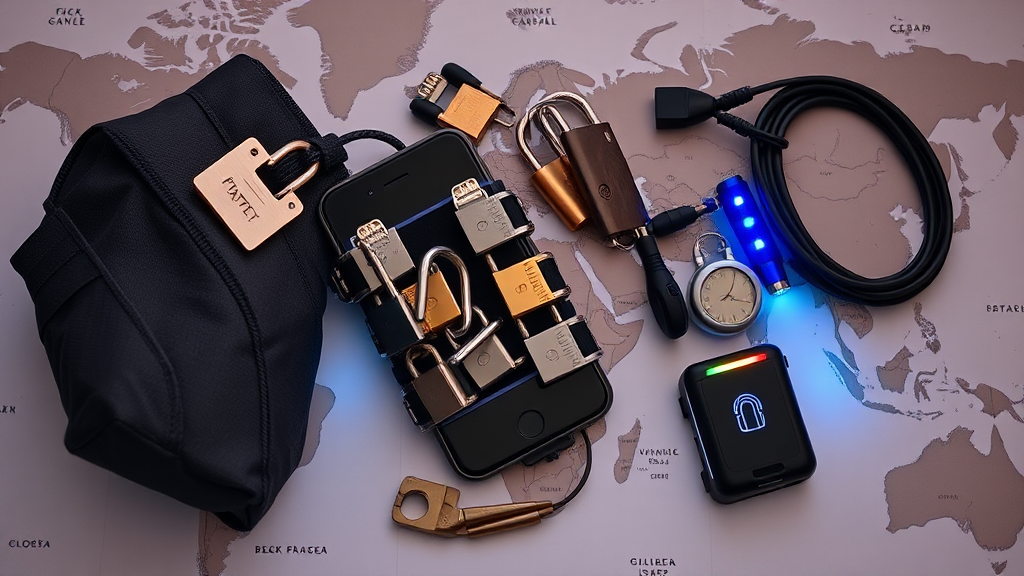Traveling opens up new horizons, but it also exposes your digital life to unique risks. This quick guide offers practical tips to protect your devices and data while exploring the world.
Understanding Travel Cybersecurity Risks
When you’re on the road, your devices are more vulnerable to cyber threats:
- Public Wi-Fi networks are often unsecured
- Unfamiliar locations may have compromised charging stations
- Lost or stolen devices can lead to data breaches
Understanding these risks is the first step in protecting your digital life while traveling.
Essential Device Security Measures
Before you pack your bags, secure your devices:
- Update all software: Ensure your operating system and apps are up-to-date
- Enable two-factor authentication on all accounts
- Use strong, unique passwords for each account
- Encrypt your devices to protect data if lost or stolen
Consider installing a remote wipe app to erase data on lost devices.
VPN: Your Digital Shield on the Go
A Virtual Private Network (VPN) is a traveler’s best friend:
- Encrypts your internet connection
- Masks your IP address and location
- Allows safe access to region-restricted content
Popular VPN options include NordVPN, ExpressVPN, and Surfshark. Choose a reputable provider with servers in multiple countries.
Setting Up Your VPN
- Subscribe to a VPN service
- Download the app on all your devices
- Connect to a server before accessing the internet
Always keep your VPN active when using public Wi-Fi networks.
Smart Wi-Fi Practices for Travelers
Public Wi-Fi can be a minefield of security risks:
- Avoid accessing sensitive information on public networks
- Use your phone’s mobile hotspot when possible
- Disable auto-connect to Wi-Fi networks on your devices
- Forget public networks after use
If you must use public Wi-Fi, always connect through your VPN first.
Identifying Safe Networks
Look for networks that:
- Require a password
- Are provided by your hotel or a reputable business
- Use WPA2 encryption
Avoid networks with generic names like “Free Public Wi-Fi” as they may be set up by hackers.
Protecting Your Data While Abroad
Traveling often means using unfamiliar networks and devices. Safeguard your personal information with these steps:
- Use a password manager to generate and store complex passwords
- Enable automatic cloud backups for important files and photos
- Log out of accounts after each use on shared devices
- Avoid accessing sensitive accounts (banking, email) on public computers
Consider using a travel-only email address for bookings and reservations to minimize exposure of your primary account.
Handling Digital Payments Safely
When making purchases abroad:
- Use credit cards instead of debit cards for better fraud protection
- Enable purchase alerts on your cards to quickly detect unauthorized transactions
- Use mobile payment apps like Apple Pay or Google Pay for added security
Always inform your bank of your travel plans to prevent card blocks due to suspicious activity.
Staying Secure on Social Media
Social media can be a security risk while traveling:
- Avoid posting real-time updates about your location
- Check your privacy settings before sharing travel photos
- Be cautious about tagging locations in posts
- Don’t share photos of sensitive documents like passports or boarding passes
Consider waiting until you return home to share your travel experiences online.
Managing Location Services
Control which apps can access your location:
- Review and adjust app permissions in your device settings
- Turn off location services for non-essential apps
- Use “While Using” options for apps that need location data
Remember to disable location tagging on your camera app to avoid embedding location data in photos.
Physical Device Security
Protect your devices from physical theft or loss:
- Use hotel safes or lockboxes for devices you’re not carrying
- Keep devices within sight in public places
- Use cable locks for laptops in co-working spaces or cafes
- Consider privacy screens to prevent visual hacking in crowded areas
Invest in anti-theft backpacks with hidden zippers and RFID-blocking pockets for added security.
Preparing for Device Loss
Take these precautions in case a device is lost or stolen:
- Record device serial numbers and IMEI codes
- Set up Find My Device features on smartphones and laptops
- Create a list of important contacts and account details, stored separately
Keep a backup phone with essential apps and contacts in a separate location from your main device.
Post-Travel Security Measures
After returning home, take these steps to ensure continued security:
- Change passwords for accounts accessed during travel
- Run a malware scan on all devices
- Review account activity for any suspicious transactions
- Remove any travel-specific apps or VPNs no longer needed
Update your devices’ location settings and time zones to prevent any location-based security issues.
Balancing Security and Convenience
Implementing cybersecurity measures while traveling doesn’t mean sacrificing convenience. By adopting these practices, you can enjoy your journey with peace of mind. Remember, the key is to stay vigilant and adapt your security habits to different environments.
Create a pre-travel checklist incorporating these security measures. With practice, these steps will become second nature, allowing you to focus on the experiences that make travel worthwhile while keeping your digital life secure.

